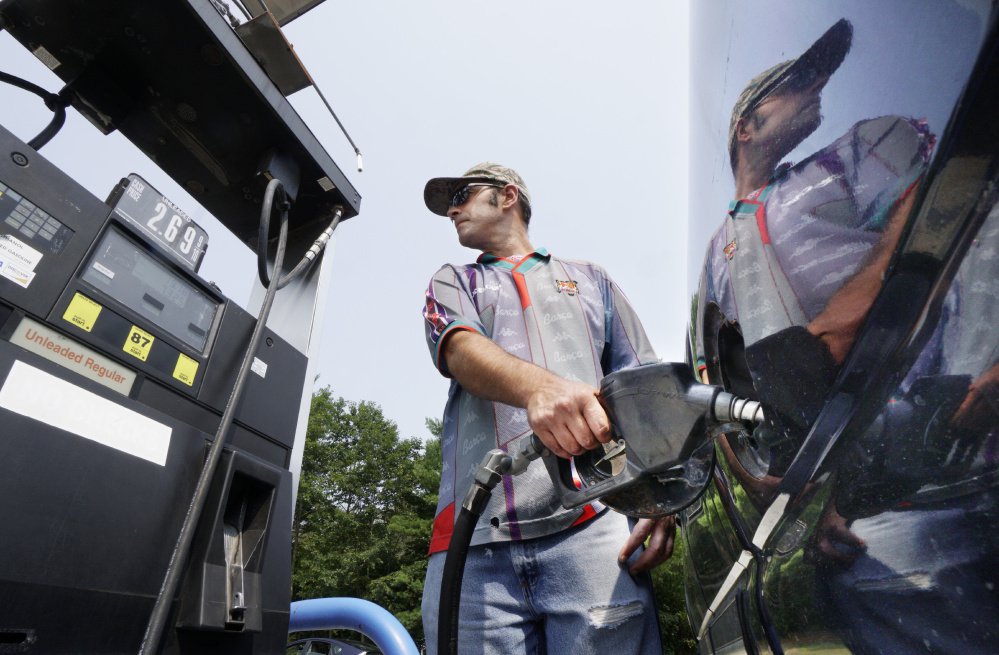For anyone who has lived through gasoline shortages and price spikes, the recent headline in The Wall Street Journal may cause nightmares: “Americans Face Highest Pump Prices in Years.”
Sad but true. Not since 2014 have fuel costs been as high as they are expected to be during the peak driving season of 2018. “The rise of the use of the word ‘staycation’ is probably going to happen this summer,” one expert told the Journal.
What’s driving this upward pressure? Economic chaos under a leftist dictatorship has cut exports from Venezuela. The Organization of Petroleum Exporting Countries has implemented cuts in its overall output. Meanwhile, the U.S. and the European Union are enjoying solid growth and low unemployment, which boost demand for gasoline. All these factors have boosted the barrel price of crude oil from $46 to about $65 since last summer.
The most important thing about the world oil market, though, is that it’s highly responsive to changing conditions. When events conspire to raise prices, they set in motion responses that tend to lower them.
U.S. oil output is rising, thanks to the fracking revolution and the profitability of the business. In March, domestic production exceeded 10 million barrels per day for the first time since 1970. OPEC, despite its efforts to curtail production, expects that global supply will grow faster than demand this year.
The current jump in oil prices, of course, partly explains that expected lower demand. Consumers may put off those driving trips, or choose to order goods online rather than drive to the mall.
Better fuel economy also has an effect. In model year 2016, the average for new vehicles in the U.S. attained a record high.
Right now, uncertainty is also weighing on oil futures. Will the U.S. and China avoid a trade war? Will events in Syria stoke hostilities in the Mideast? Either could stall the current global expansion. In that case, falling consumption eventually would drag down prices at the pump.
What this bump reminds us is how well the oil and gasoline markets have functioned in recent years. It’s hard to remember that in 2008, the price of crude went above $140 a barrel — and a Goldman Sachs industry analyst predicted it would reach $200, which translates into $6-a-gallon gasoline. His forecast was wrong, because it failed to account for how lucrative returns would drive oil companies to devise new ways to extract the stuff — or the demand-suppressing Great Recession, which those high oil prices may have helped to cause.
Humans — both consumers and producers — are adaptable. So when the price you pay to fill your tank goes up, you can be confident that before long, it will go down, and vice versa. But huge changes are rare, and they rarely last. When it comes to petroleum, we’re living in an era of price moderation. We should all enjoy it.
Editorial by the Chicago Tribune
Visit the Chicago Tribune at www.chicagotribune.com
Distributed by Tribune Content Agency, LLC.
Copy the Story LinkSend questions/comments to the editors.



Success. Please wait for the page to reload. If the page does not reload within 5 seconds, please refresh the page.
Enter your email and password to access comments.
Hi, to comment on stories you must . This profile is in addition to your subscription and website login.
Already have a commenting profile? .
Invalid username/password.
Please check your email to confirm and complete your registration.
Only subscribers are eligible to post comments. Please subscribe or login first for digital access. Here’s why.
Use the form below to reset your password. When you've submitted your account email, we will send an email with a reset code.